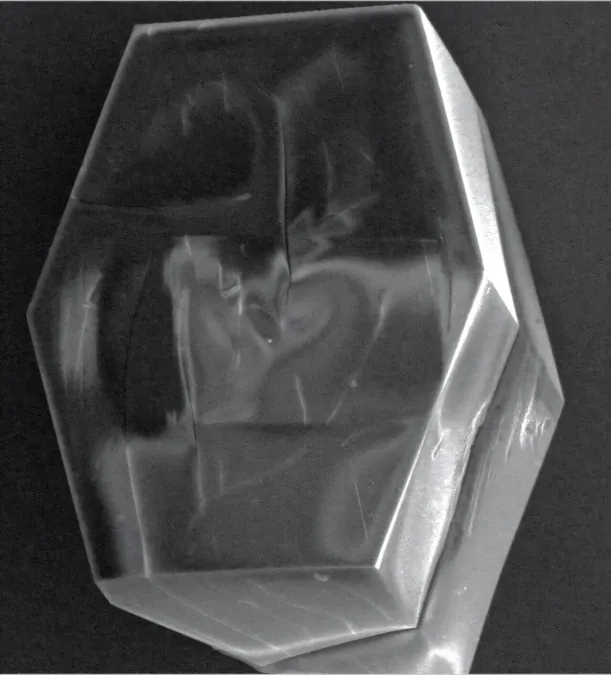
Revolutionary Discovery Links Quantum Physics and Life: How Electron Spin Powers Proton Movement Inside Cells
2025-05-05
Author: Ming
Unlocking the Secrets of Bioenergetics
Protons, the tiny particles that are fundamental to bioenergetics, play a critical role in the energy transfer processes that sustain life. A groundbreaking study published in the Proceedings of the National Academy of Sciences reveals an astonishing link between electron spin and proton transfer in biological systems, particularly within proteins.
Quantum Processes at Work in Living Systems
For the first time, researchers demonstrated that proton movement isn't just a straightforward chemical reaction; it's intricately tied to quantum mechanics. This study uncovers how, in chiral environments such as proteins, the spin of electrons influences the transfer of protons—suggesting that energy and information movement in living organisms is more selective and modifiable than we previously thought.
A Collaborative Effort Unveils New Insights
The innovative research, spearheaded by a team from the Hebrew University of Jerusalem in collaboration with esteemed scientists from the Weizmann Institute of Science and Ben Gurion University, uncovers a surprising relationship between the movements of electrons and protons. Led by Naama Goren and Prof. Yossi Paltiel, the investigation focused on lysozyme crystals, well-known for their presence in various living organisms.
Electrons and Protons: Partners in Motion
Contrary to previous beliefs that protons travel by hopping between water molecules and amino acids, the study reveals that their movement is closely linked to the spin of electrons. When scientists introduced electrons with a specific spin into the lysozyme crystals, they observed a significant enhancement in proton mobility. In contrast, protons found it much more difficult to move when electrons with an opposite spin were introduced.
Chirality and Quantum Mechanics: The Game Changer
This groundbreaking finding relates to a phenomenon called Chiral Induced Spin Selectivity (CISS), which describes how chiral molecules—those with unique shapes—interact differently with electron spins. Prof. Paltiel highlights that this revelation could pave the way for new technologies capable of mimicking biological processes and revolutionizing information transfer within cells.
Potential Applications in Technology and Medicine
By merging the domains of quantum physics and biochemistry, this research not only enhances our understanding of life's inner workings but also opens new avenues for innovations in fields like medicine, energy storage, and nanotechnology. The insights gained from this study could lead to advanced technologies that harness these biological processes more efficiently.
A New Era of Biological Research
As Goren aptly put it, "This connection between electron spin and proton movement isn't just a chemical affair—it bridges the worlds of chemistry and quantum physics." This discovery marks a pivotal moment in the exploration of life at its most fundamental level, and the potential implications are nothing short of revolutionary.


 Brasil (PT)
Brasil (PT)
 Canada (EN)
Canada (EN)
 Chile (ES)
Chile (ES)
 Česko (CS)
Česko (CS)
 대한민국 (KO)
대한민국 (KO)
 España (ES)
España (ES)
 France (FR)
France (FR)
 Hong Kong (EN)
Hong Kong (EN)
 Italia (IT)
Italia (IT)
 日本 (JA)
日本 (JA)
 Magyarország (HU)
Magyarország (HU)
 Norge (NO)
Norge (NO)
 Polska (PL)
Polska (PL)
 Schweiz (DE)
Schweiz (DE)
 Singapore (EN)
Singapore (EN)
 Sverige (SV)
Sverige (SV)
 Suomi (FI)
Suomi (FI)
 Türkiye (TR)
Türkiye (TR)
 الإمارات العربية المتحدة (AR)
الإمارات العربية المتحدة (AR)